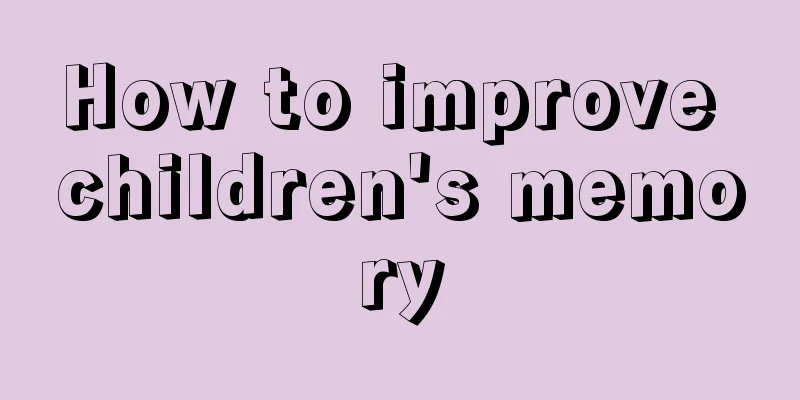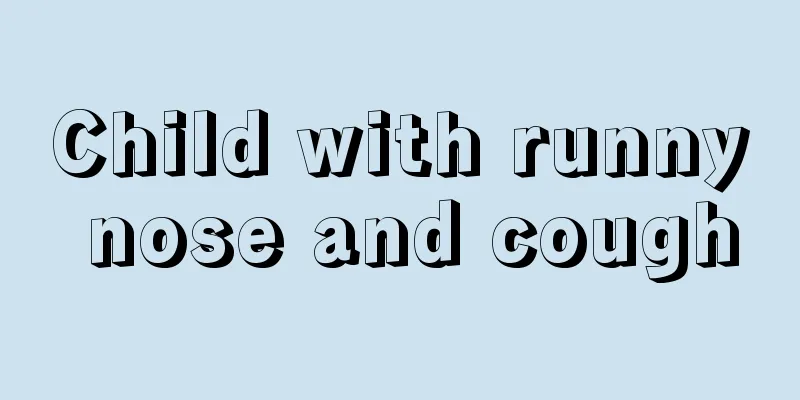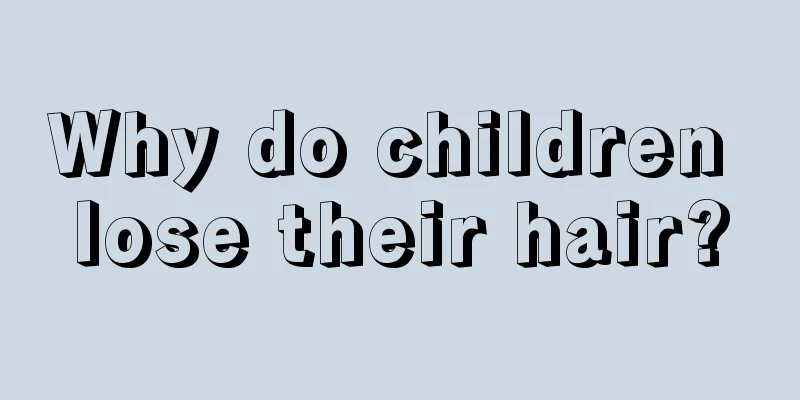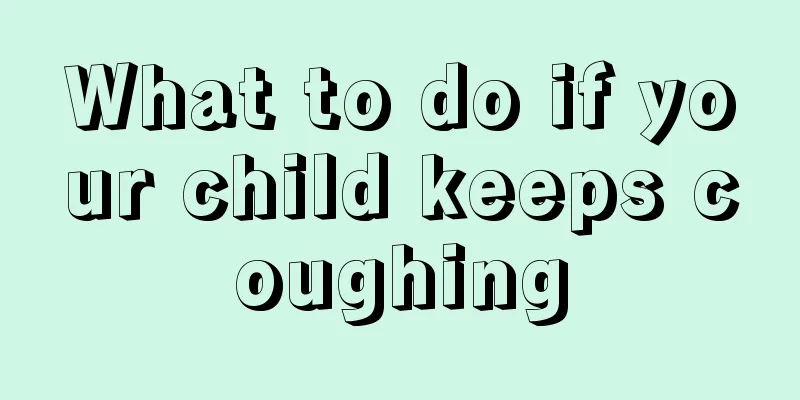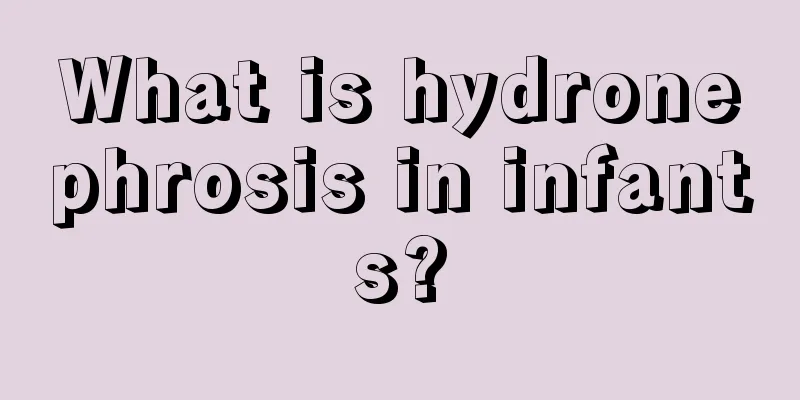What are the symptoms of allergic conjunctivitis in children?
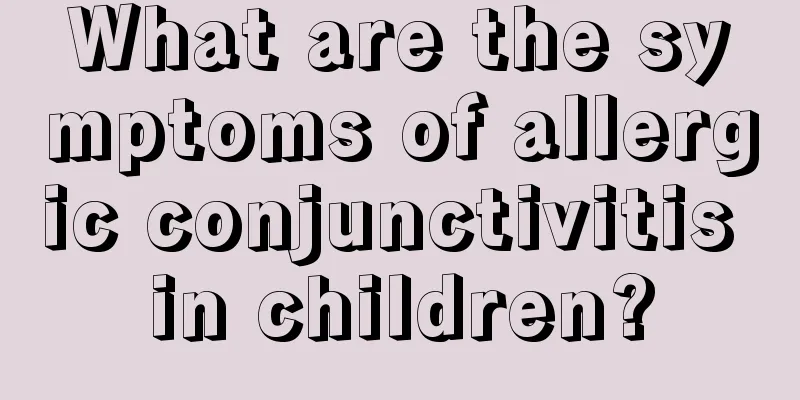
|
Eyes are a very important organ in our human body, but they are also a very fragile organ. There are many types of eye diseases, but allergic conjunctivitis is the most common. In recent years, due to the deterioration of the living environment, the incidence of this disease has been on the rise, especially among children, the increasing trend is more serious. So what are the symptoms of allergic conjunctivitis in children? Allergic conjunctivitis is an allergic reaction of the conjunctiva caused by contact with allergic antigens, which is mainly a type I allergic reaction mediated by IgE. Anyone who is genetically or physically susceptible to specific antigens may develop immediate or delayed allergic conjunctivitis when exposed to such antigens, often accompanied by allergic rhinitis. Vernal keratoconjunctivitis is more common in children and often occurs or worsens in spring and summer. Atopic conjunctivitis is more common in middle-aged men, and often has a history of mild allergies in the early stages. Some cases of vernal keratoconjunctivitis and atopic conjunctivitis can cause serious corneal complications and even endanger vision. Like all allergic diseases, allergic conjunctivitis occurs when the conjunctival mucosa of the eye comes into contact with allergens, resulting in conjunctival inflammation. Seasonal allergic conjunctivitis is most common in young and middle-aged people. It has a rapid onset and occurs when exposed to allergens. Symptoms are relieved when away from allergens. The main difference between perennial and seasonal conjunctivitis is that allergic symptoms exist all year round. Contact allergic conjunctivitis has a clear history of exposure, such as exposure to drugs or cosmetics. Giant papillary conjunctivitis is often associated with a history of contact lens (corneal contact lens) wear. Vernal keratoconjunctivitis is more common in children and often occurs or worsens in spring and summer. Atopic conjunctivitis is more common in middle-aged men, and often has a history of mild allergies in the early stages. Some cases of vernal keratoconjunctivitis and atopic conjunctivitis can cause serious corneal complications and even endanger vision. Typical symptoms: Skin itching (80%), conjunctival congestion (75%), conjunctival edema and corneal ulcers (75%), unbearable itching in both eyes (65%). Most patients with allergic conjunctivitis experience unbearable itching. In addition, there are symptoms such as conjunctival congestion and edema, mucous secretions, and redness and swelling of the eyelid skin. The closer to the corner of the eye, the more serious the condition. Patients generally do not have eye pain, no obvious visual impairment, and their pupils are normal. The symptoms will improve or worsen with the change of seasons and recur repeatedly, which means that in addition to the patient's allergic constitution, climate change and the patient's activities are important factors in the onset of the disease. Generally speaking, the symptoms will worsen on warm and dry days when flowers are blooming. In addition to eye discomfort, some patients may also have nasal allergy symptoms. This condition is also clinically called allergic rhinitis conjunctivitis. From the above introduction, we know the symptoms of allergic conjunctivitis in children. Therefore, once a child suffers from allergic conjunctivitis, it is necessary to take the child to the ophthalmology department of the hospital for examination and treatment in time, and take medication under the doctor's instructions. Parents should also note that allergic conjunctivitis has certain allergens, so in seasons prone to allergies, parents should try to keep their children out as little as possible to avoid allergies. |
<<: What causes high protein in children's urine?
>>: What medicine is good for children with zinc deficiency?
Recommend
Why does my child shiver when sleeping?
For a family with a newborn, the child's affa...
What to do if your 11-month-old baby can't crawl
Baby crawling is actually a very important thing ...
How long should you hold the baby upright after feeding?
There are some things you need to pay attention t...
Why do children blink when watching TV?
Nowadays, almost every family has a TV. Children ...
What kind of milk powder should I choose for my nine-month-old baby?
Many women have had the experience of choosing ba...
What to do if your child has indigestion and stomach pain
Our children will also encounter some problems in...
The child said his face hurt but there was no visible swelling
Every child is innocent and lively. They often st...
Causes of infection of cytomegalovirus IgG-positive newborns
Disease is like a devil, everyone resists it. Vir...
Is there any evidence that premature babies are smart?
There is a rumor among the people that premature ...
Nursing measures for convulsions in children
I believe many parents are familiar with pediatri...
Why does my child always have nosebleeds?
Children’s immunity cannot be compared with that ...
What does early childhood education knowledge include?
Today's parents attach great importance to th...
Children have fever during the dog days
When the dog days of summer come, families with c...
When is chickenpox most severe?
Chickenpox is a very common skin disease. Because...
Child has cough for two months
Coughing is not a disease, but a medical phenomen...


